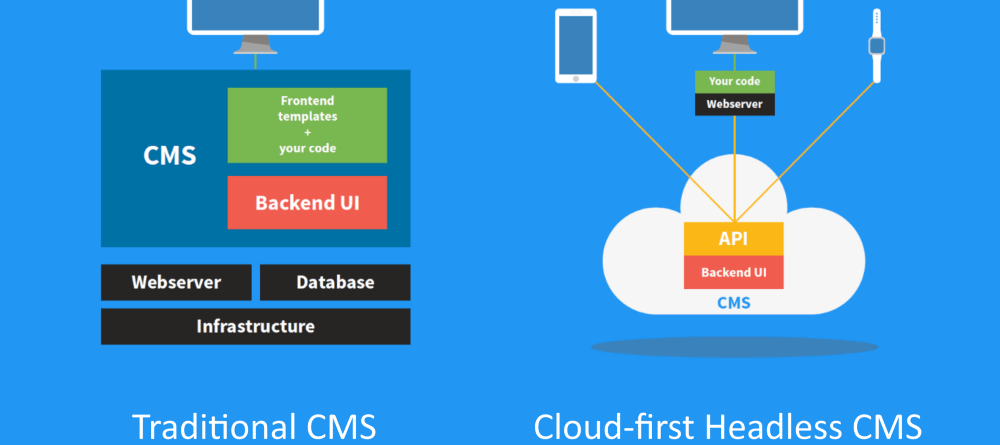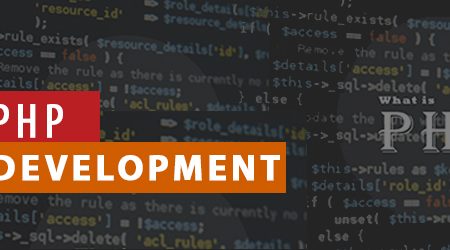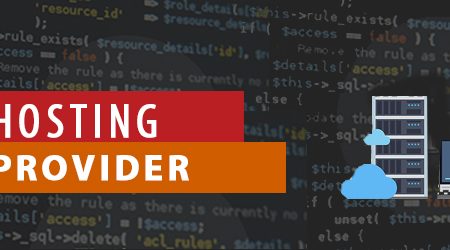What are web development FRAMEWORK and CMS ?
What are web development FRAMEWORK and CMS ?
-
Framework:
As the plan of the World Wide Web was not intrinsically powerful, early hypertext consisted of hand-coded HTML that was distributed on web servers. Any alterations to distributed pages should have been performed by the pages’ creator. In 1993, the Common Gateway Interface (CGI) standard was presented for interfacing outside applications with web servers, to give a dynamic web page that reflected client inputs.
Unique usage of the CGI interface ordinarily effectsly affected the server stack be that as it may, in light of the fact that each demand began a separate process. More late executions use industrious procedures among different systems to lessen the impression in the server’s assets and offer a general execution support.
In 1995, completely coordinated server/dialect improvement situations initially rose and new web-particular dialects were presented, such as ColdFusion, PHP, and Active Server Pages.
In spite of the fact that by far most of dialects for making dynamic site pages have libraries to help with normal tasks, web applications often require particular libraries for specific errands, for example, creating HTML (for example, JavaServer Faces).
In the late 1990s, develop, “full stack” systems started to show up, that frequently assembled various libraries valuable for web development into a solitary cohesive software stack for web designers to utilize. Cases of this include ASP.NET, Java EE, WebObjects, web2py, OpenACS, Catalyst, Mojolicious, Ruby on Rails, Laravel, Grails, Django, Zend Framework, Yii, CakePHP, and Symfony
-
CMS:
CMS turned into a popular expression in the web improvement industry in view of its advantages.
CMS remains for Content Management System. It is a term and has not been supported with a strong definition. A CMS can have various implications relying upon the situations and the individual’s or undertaking destinations.
To add to the perplexity, an association named AIIM (Association for Information and Image Management) guaranteed the acronym ECM (Enterprise Content Management) and WCM (Web Content Management) as their creation and thought of their own definition that suites their association’s administrations. AIIM changed their meaning of ECM a couple of times and presented their definitions to Wikipedia, which is currently distributed.
At the season of this written work, for most situations, when somebody in the web improvement industry is discussing CMS (Content Management System), or ECMS (Enterprise Content Management System), he/she is more probable alluding to either the first or second definition beneath.
In this article, I’ll put the accentuation on the normal CMS definitions and not the one made by AIIM. The detail of the reason, utilize, and illustrations are all in the zone of the ordinarily utilized definition
A web structure or web application system is a software framework that is intended to help the advancement of web applications including web services, web assets, and web APIs. Web systems give a standard method to assemble and send web applications. Web systems point to automate the overhead connected with normal exercises performed in web advancement. For instance, many web structures provide libraries for database access, frameworks and session management, and they regularly promote code reuse. Although they frequently target improvement of dynamic sites, they are likewise appropriate to static sites.

Different kinds of websites have different purposes depending on who the intended audience is. Some websites are geared towards selling products and other websites are geared towards providing practical information, while others are merely for entertainment. Let’s take a look at some of the different types of websites that are out there.











